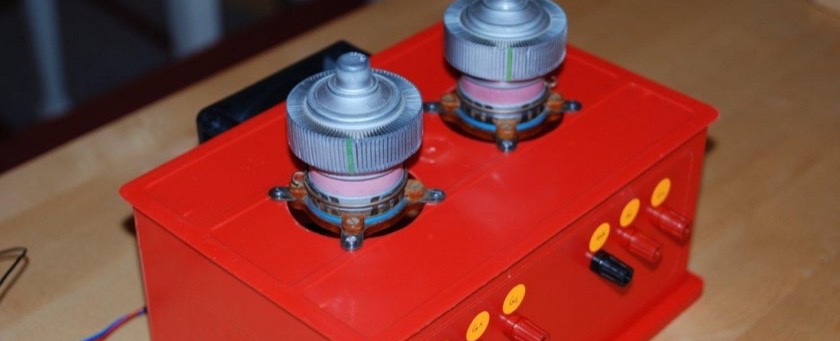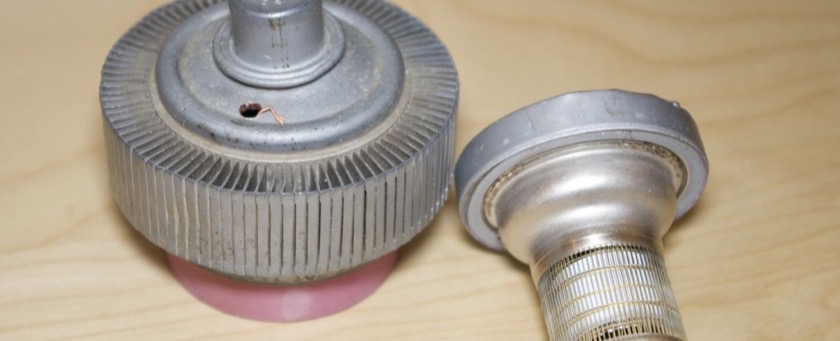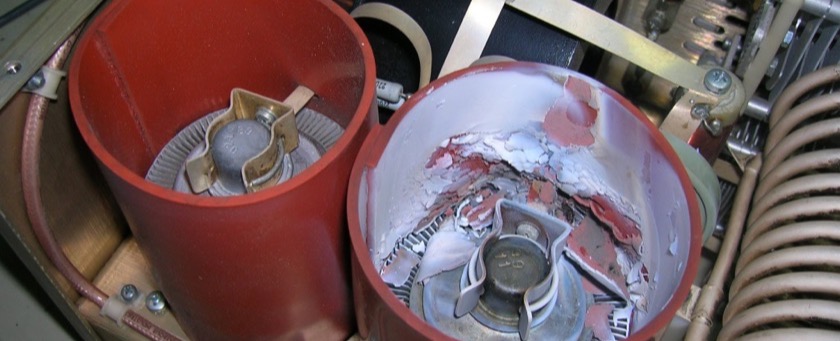It seems that the exchange of GU74b / 4CX800 tubes in Amplifiers like Alpha91b, Acom2000A, and Acom1000 is more interested than originally expected. In my post on how to replace the tubes of an Alpha91b I explained in depth why it is so important to recondition, to “getter”, the tubes at least 24 hours before any other voltage can be applied. Often amplifiers apply automatically HV and grid voltages which makes them unsuited for the gettering process. My Buddy Matthias, DK4YJ built recently a simple device that makes the heating and testing of tubes much more convenient.


